Malka Percal
By Malka Percal
-

News Scenes From a Marriage Contract
The current exhibit at New York?s Jewish Museum, ?The Art of Matrimony: Thirty Splendid Marriage Contracts from the Jewish Theological Seminary Library,? is, essentially, a room full of contracts. True, they are beautifully decorated, restored and mounted. But their raison d?être is as legal documents ? each stipulating the conditions of a marriage. Jewish law…
-

The Schmooze Sotheby’s to Auction Historic Gibraltar Judaica
Sotheby’s New York sale of important Judaica, an annual event featuring ceremonial metalwork, manuscripts and printed books, takes place this year on December 15. Leading the auction are a pair of Italian-made silver Torah finials belonging to Sha’ar HaShamayim, the Great Synagogue of Gibraltar. Other items such as 15th-century Torah scroll from Poland are also…
-
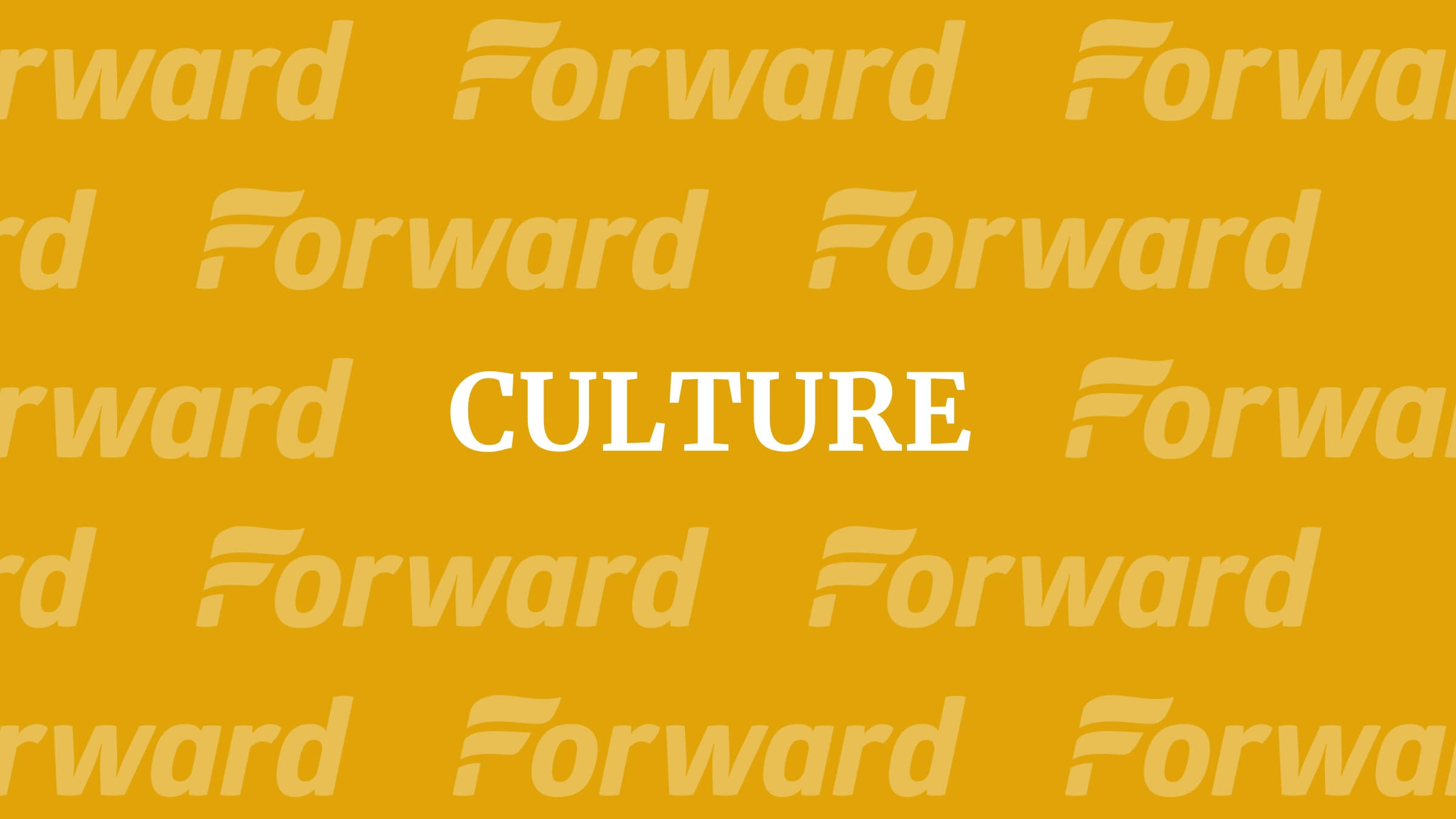
Culture Artist in Extremis
Even in self-imposed exile in France, Avigdor Arikha is one of Israel’s best-known artists. He is a master draftsman, a BBC lecturer on art history and a knight of the French Légion d’Honneur. In November, a painting of his library, called “Books,” fetched $134,000 at Sotheby’s annual New York auction of Israeli artists. So it…
-

Culture The Art Of Memory
The sparkling glass walls of the new Derfner Judaica Museum look out across the Hudson River by way of a sculpture garden on a rolling green lawn. Look back, and you see the impressive contemporary art collection of the Hebrew Home at Riverdale. The museum’s clean, modern design, by architect Louise Braverman, looks to the…
-

Culture Not Written in Stone
The Ten Commandments have served as a guide for human behavior and outlook for thousands of years, yet rarely, says artist Rudi Wolff, have they inspired visual artists. In the exhibit Ten Commandments/Ten Images: A Visual Journey, presented in New York City through April 29 at Saint Peter’s Church’s Narthex Gallery, at 54th Street and…
-
Culture Gilding the Lily –– and the Thistle
Ironically, Barbara Wolff was driven back in time to the laborious techniques of medieval illumination by nothing less than today’s icon of modernity: the computer. When the accomplished botanical illustrator, who would spend days drawing a flower perspective, saw that the same thing could be done instantly with computer-aided design, she knew her craft was…
-
Culture The Iconic Blue Box Gets a Makeover
When Yael Golan’s mother was a girl in Uruguay, she’d drop a few coins into the Keren Kayemet box every Friday at her Jewish day school and sing a little song: “Dunam by dunam, shekel by shekel, building the land of Israel.” Recently, 35 years after immigrating to Israel, Golan’s mother sang that song again,…
Most Popular
- 1

News No Jews allowed: White supremacists are building a segregated community in Arkansas, but is it legal?
- 2
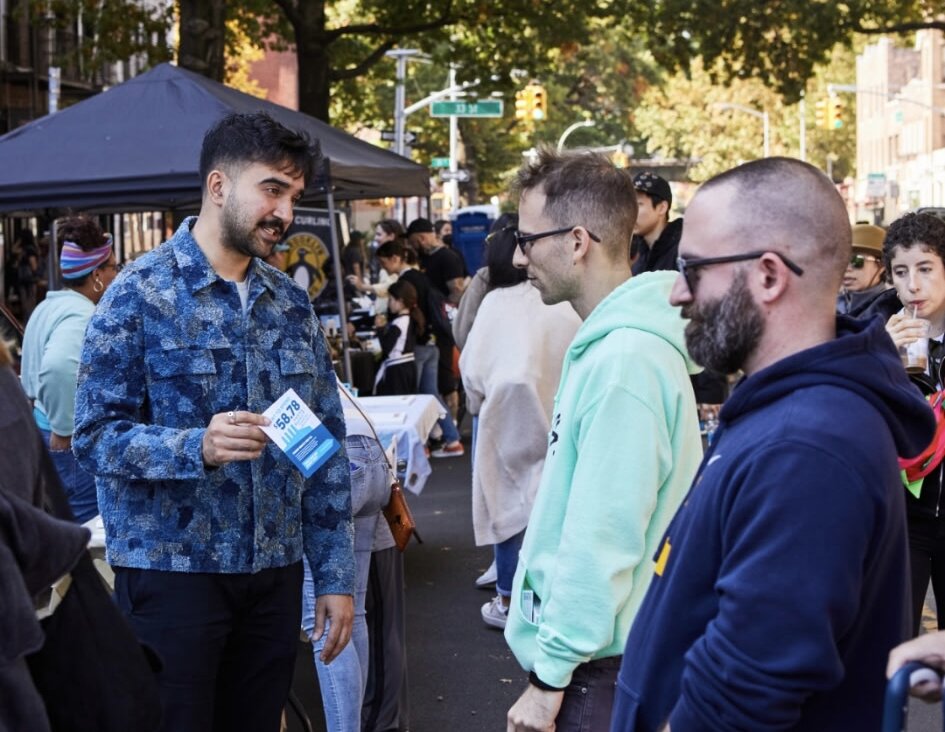
News Zohran Mamdani has represented Astoria’s Jews for 4 years. What do they think of him?
- 3

News Curtis Sliwa has a plan to beat Zohran Mamdani in NYC mayor’s race — and it starts with apologizing to Jews
- 4
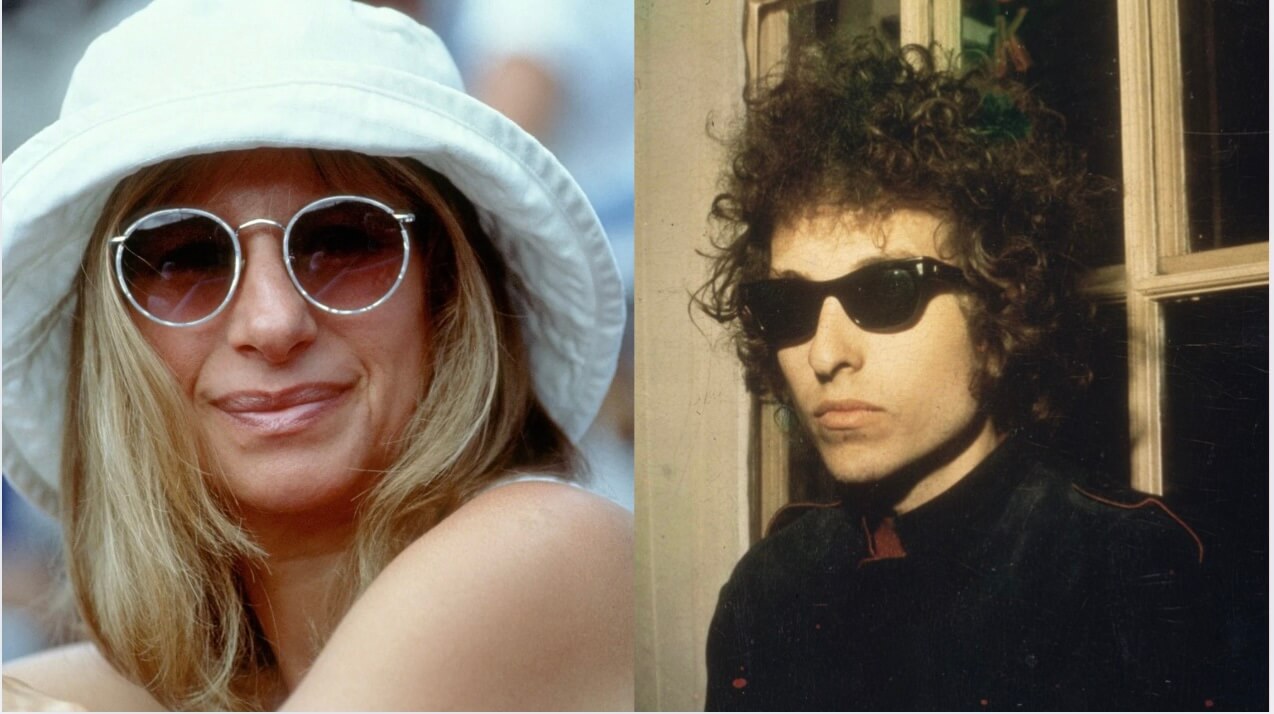
Culture Barbra Streisand’s brand-new duet with Bob Dylan is a whole lot different than you might think
In Case You Missed It
-
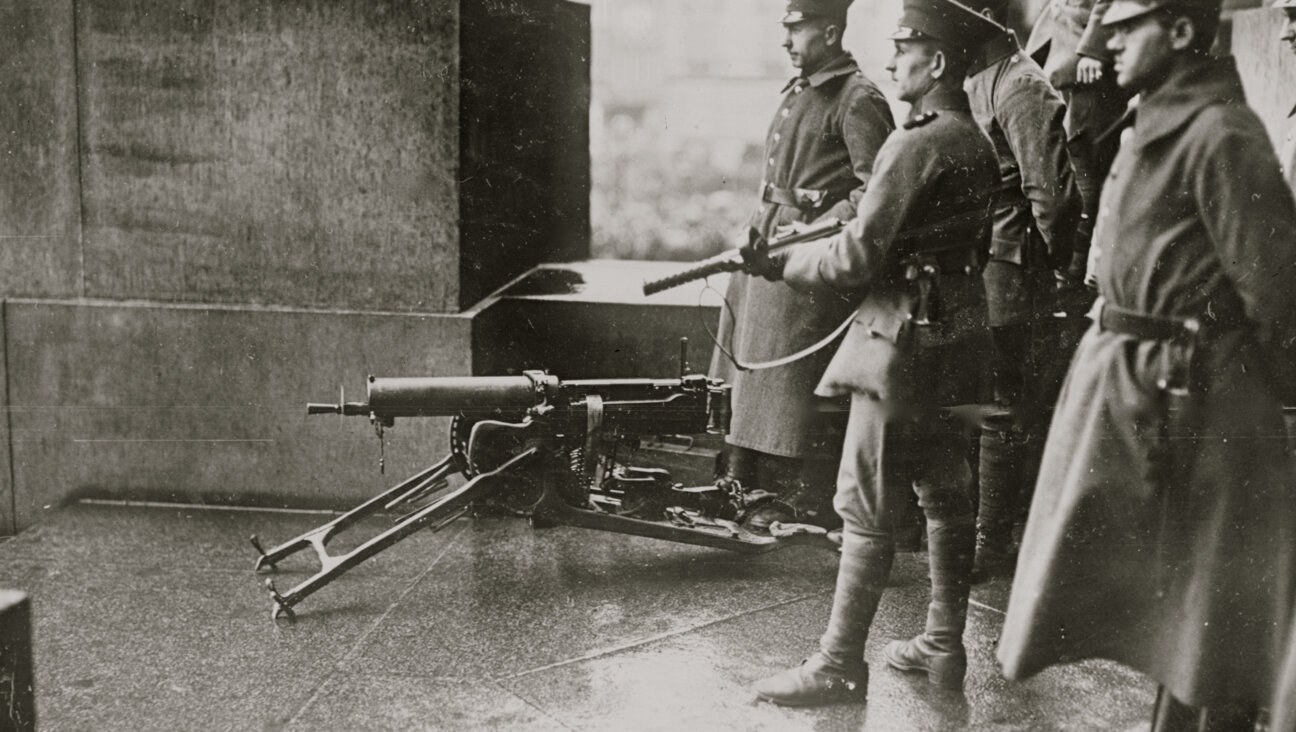
Opinion Right-wing insurrectionists tried to topple the German government in 1920 — it’s happening again in Trump’s America
-
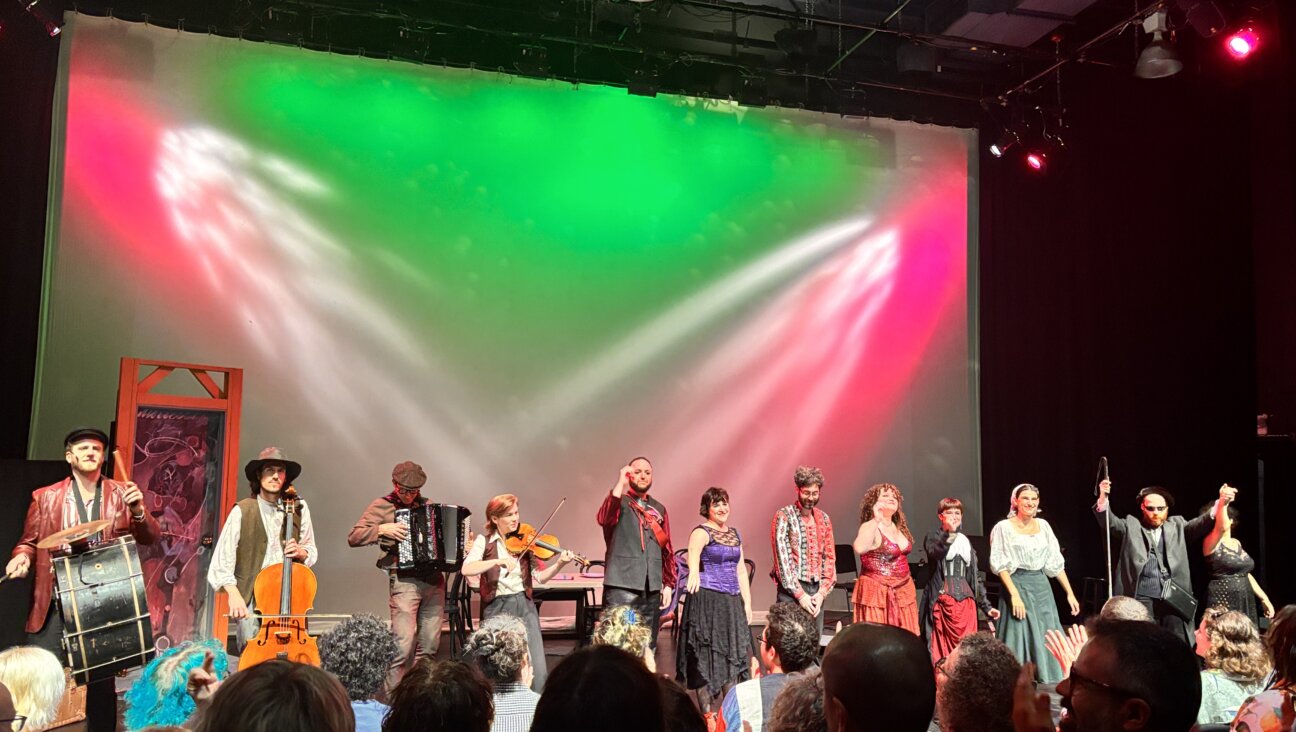
Theater Can a kinky new Yiddish musical resurrect a lost art — and one man who got spanked to death?
-
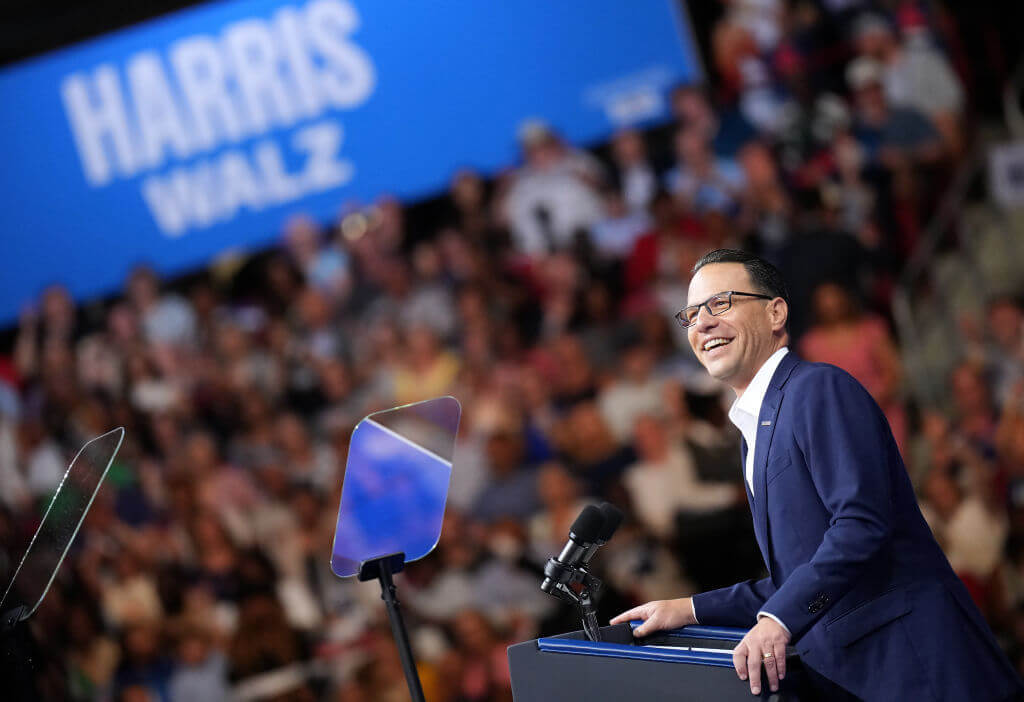
Fast Forward Josh Shapiro’s Judaism was not why Kamala Harris snubbed him, new book claims
-
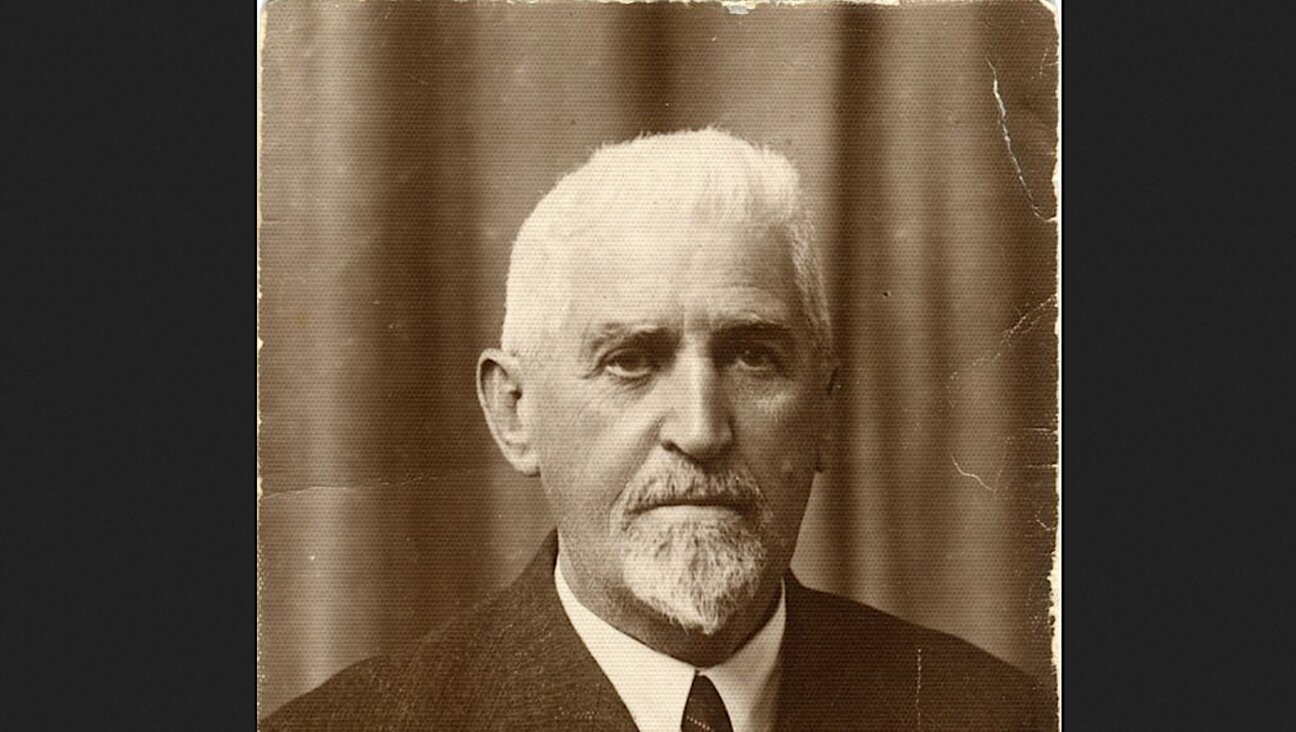
Yiddish דאָקטוירים פֿון אַן אַנדער שניטDoctors of a different sort
די ווילנער דאָקטוירים יעקבֿ וויגאָדסקי און צמח שאַבאַד זענען אויך געווען געזעלשאַפֿטלעכע טוער.
-
Shop the Forward Store
100% of profits support our journalism







